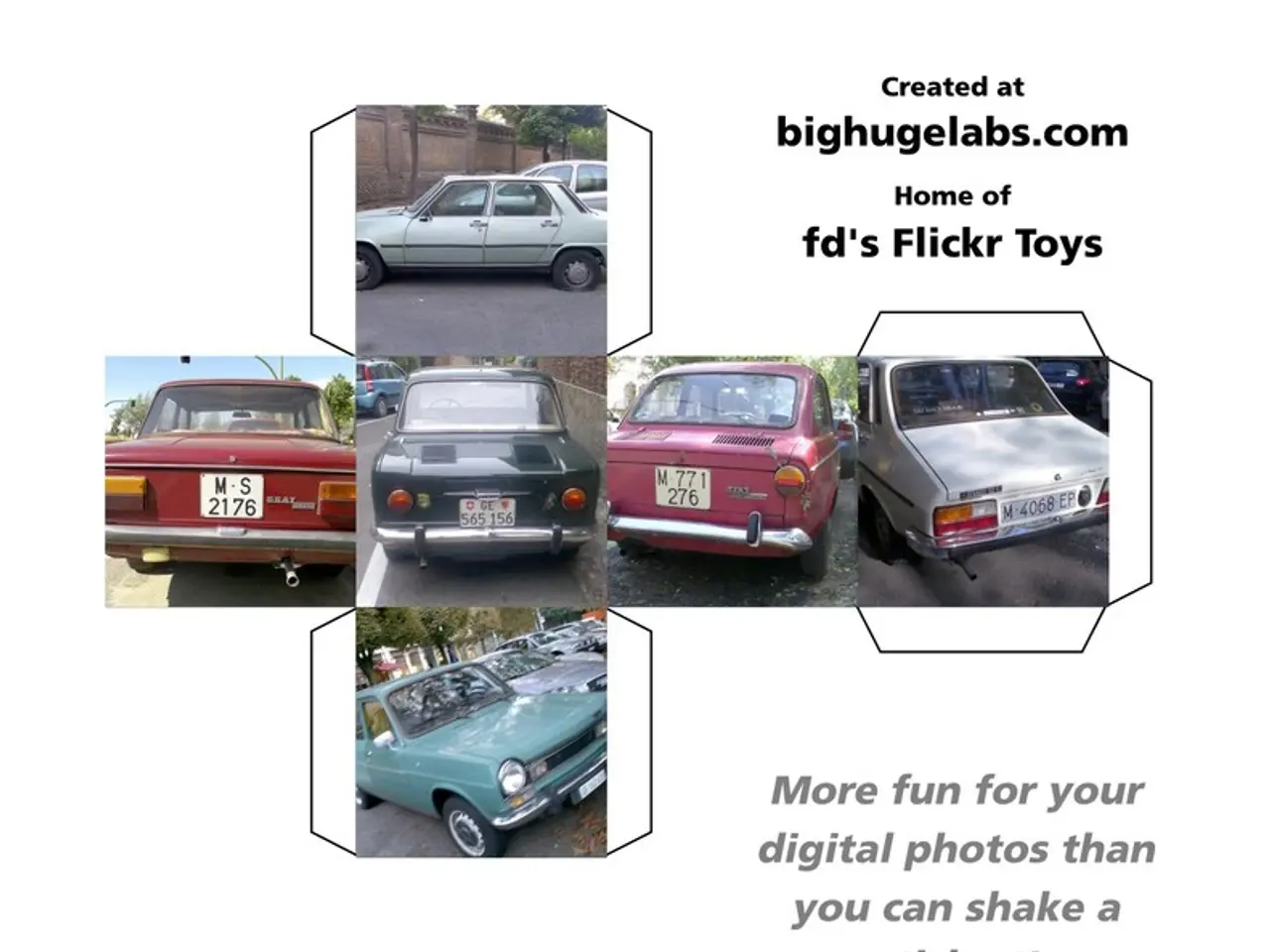Impact of Advanced Automotive Technology in Reducing Road Accidents
In the ever-evolving world of automotive technology, Advanced Driver Assistance Systems (ADAS) have emerged as a cornerstone of modern vehicle safety. These cutting-edge technologies, including Automatic Emergency Braking (AEB), Collision Avoidance, Blind Spot Detection, Lane Departure Warning (LDW), Lane Keep Assist (LKA), Driver Drowsiness and Attention Monitoring, and Parking Assist, are playing an instrumental role in accident prevention and reducing fatalities.
Effectiveness and Roles of Key Technologies
Automatic Emergency Braking (AEB): AEB uses sensors and cameras to detect potential collisions and automatically applies brakes to avoid or mitigate crashes. Studies confirm that AEB significantly improves safety and is a cornerstone of modern crash avoidance systems.
Collision Avoidance Systems: These systems augment AEB by integrating data from radar, LIDAR, and cameras to identify and prevent potential crashes through warnings and automatic interventions. They contribute to a vehicle’s ability to anticipate and react faster than human drivers, thus enhancing overall safety.
Blind Spot Detection: This system monitors adjacent lanes outside the driver’s view and alerts drivers to vehicles in their blind spot with visual or audible signals. Some systems also intervene by steering correction if the driver signals a lane change into an occupied lane. This feature reduces side-swipe and lane-change collisions, especially on busy highways.
Lane Departure Warning (LDW) and Lane Keep Assist (LKA): LDW alerts drivers via audio or visual cues when the vehicle begins to drift from its lane unintentionally. LKA builds on this by gently steering the vehicle back into the lane, helping maintain lane discipline and reducing single-vehicle crashes and sideswipes.
Driver Drowsiness and Attention Monitoring: These systems observe driver behavior, such as steering inputs and eye movements, to detect signs of fatigue or distraction. They provide timely warnings to help prevent accidents caused by diminished driver attentiveness, a leading cause of crashes.
Real-World Impact and Recognition
The integration of these technologies has led to significant improvements in vehicle safety. For instance, the 2025 Hyundai Elantra has achieved top safety ratings such as IIHS Top Safety Pick+ and NHTSA 5-Star Overall Safety Rating. The Insurance Institute for Highway Safety (IIHS) has tightened crash test standards and now requires effective crash avoidance systems for Top Safety Pick recognitions. Euro NCAP evaluations also show how safety assist technologies included in newer models boost vehicle safety scores.
Potential Impact and Adoption
Advanced Driver Assistance Systems have the potential to prevent 16% of crashes, 22% of traffic-related deaths, and 14 million injuries over a 30-year period. From 2016 to 2023, the adoption of Lane Departure Warning rose from 20% to 88%, and the adoption of Lane Keep Assist increased from 9% to 79%. Modern vehicles now feature Driver Monitoring Systems (DMS) to combat drowsy driving.
In conclusion, ADAS technologies like AEB, collision avoidance, blind spot detection, lane keeping, and driver monitoring collectively prevent collisions by aiding driver response times, correcting human errors, and mitigating crash severity, leading to reduced accidents and fatalities. Their ongoing refinement and inclusion in new cars align with increasingly stringent safety ratings worldwide, signifying their proven value in automotive safety.
The integration of Advanced Driver Assistance Systems (ADAS) in modern vehicles has significantly enhanced global safety, as confirmed by top safety ratings for vehicles like the 2025 Hyundai Elantra.
ADAS technologies, including Automatic Emergency Braking (AEB), Collision Avoidance Systems, Blind Spot Detection, Lane Departure Warning (LDW) and Lane Keep Assist (LKA), Driver Drowsiness and Attention Monitoring, are playing pivotal roles in preventing crashes and reducing fatalities.
These key technologies, beyond automotive safety, are also reshaping the health-and-wellness and lifestyle domains by promoting healthier driving habits and minimizing road stress, leading to improved medical-conditions and overall well-being.
Gadget enthusiasts and car buyers alike are recognizing the value of these innovations, with increased adoption shown in the rise of Lane Departure Warning (from 20% to 88%) and Lane Keep Assist (from 9% to 79%) features from 2016 to 2023.
As the world continues to embrace cutting-edge technology, the ongoing refinement of ADAS systems will likely lead to further advancements in science, further improving vehicle safety and shaping future lifestyles and wellbeing.




